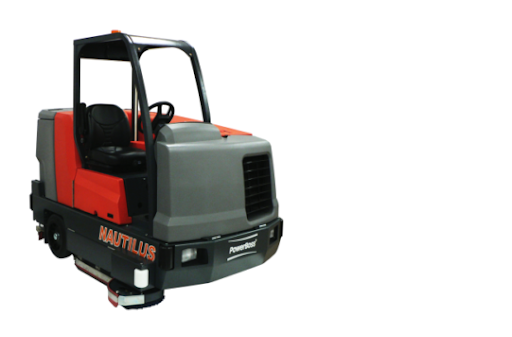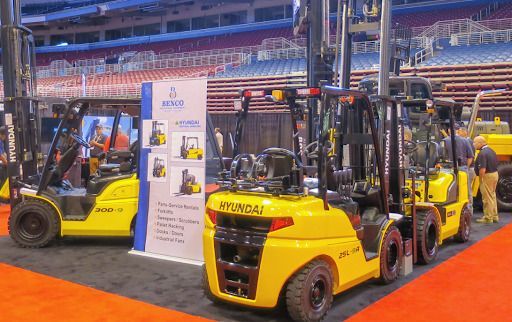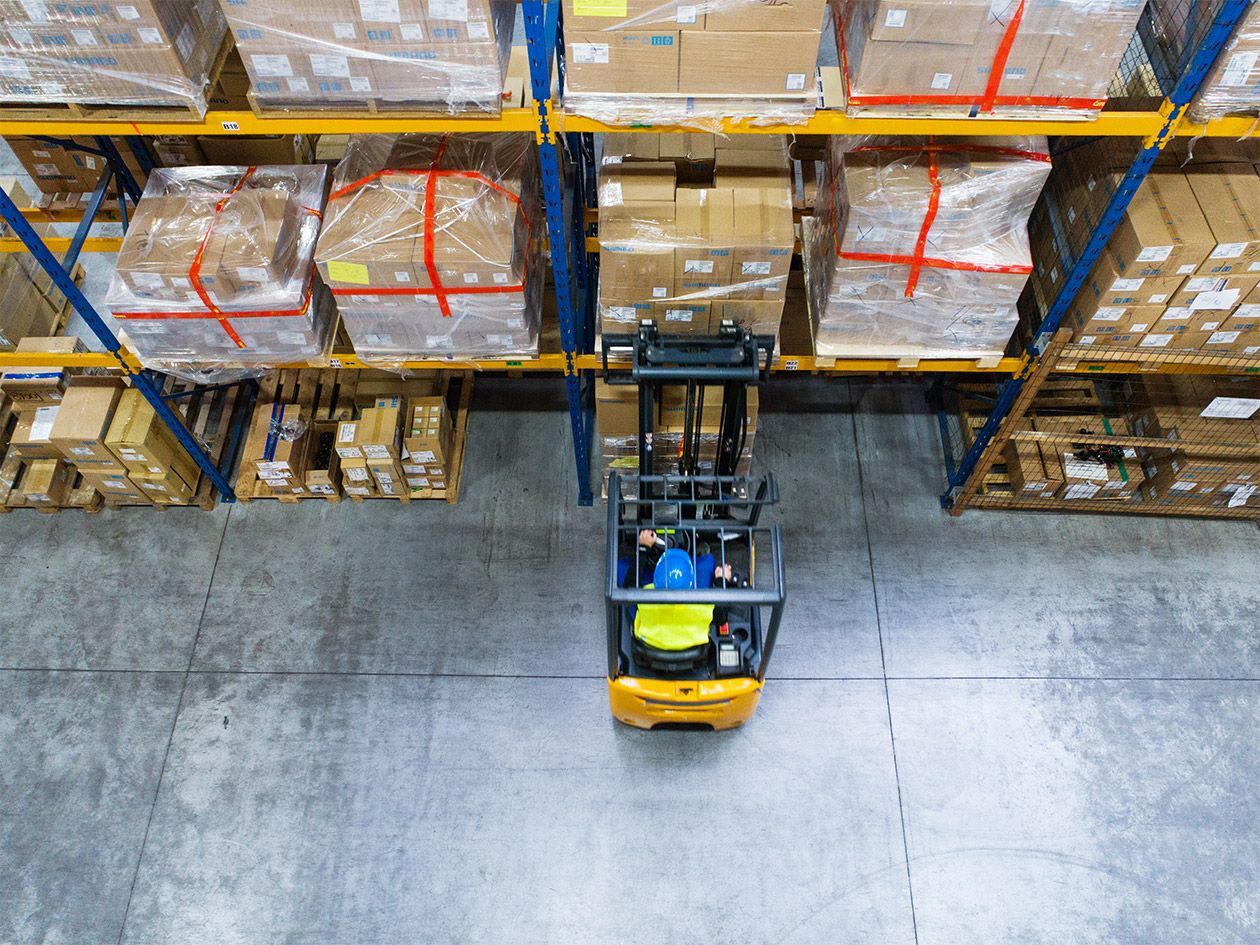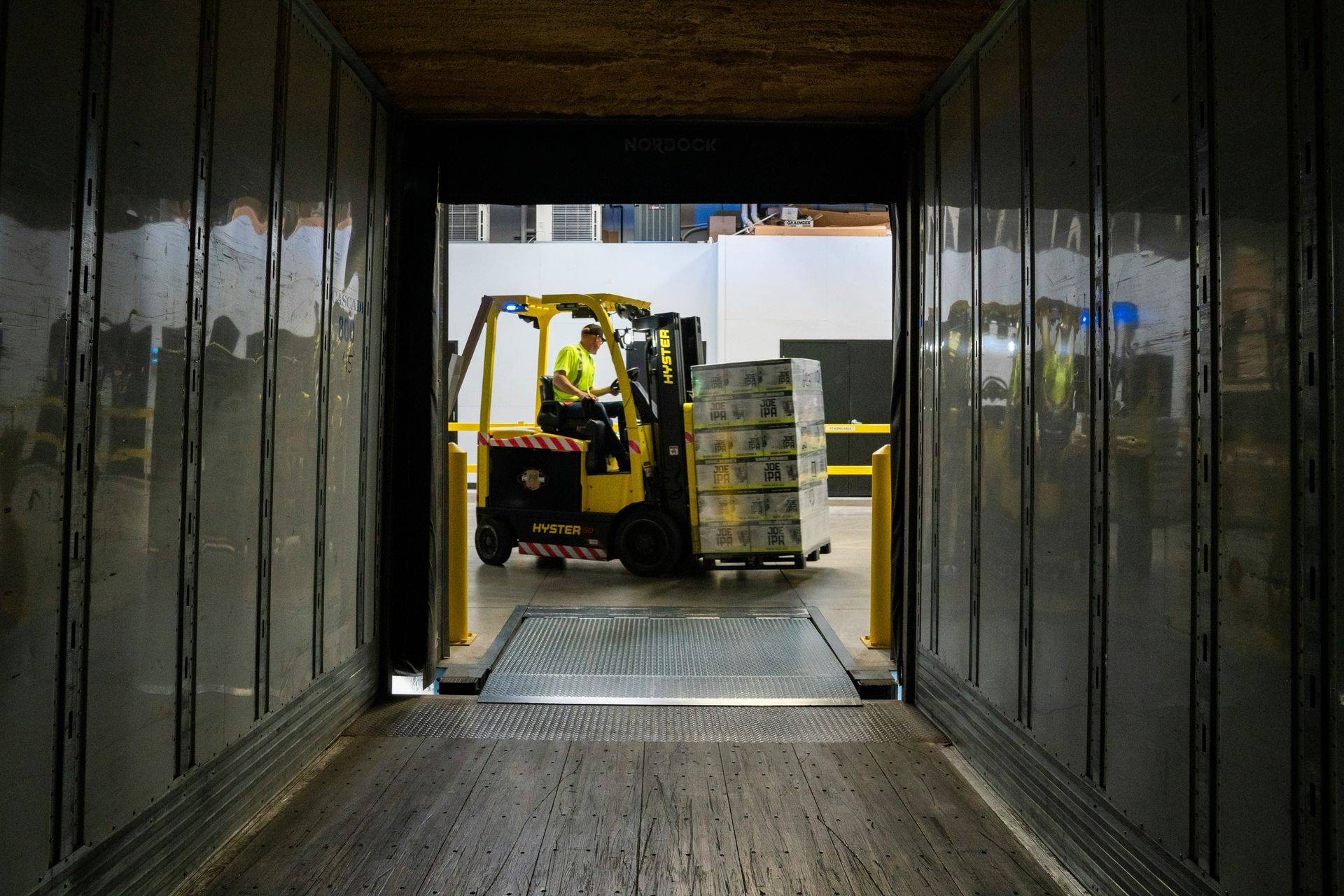A Guide to Industrial Cleaning
Spaces are used most efficiently when they are clean. When it comes to industrial spaces like warehouses, keeping the area clean boosts productivity and keeps everyone on-site healthy and safe. Whether you are new to managing a warehouse or industrial property or a seasoned veteran, there are several considerations when planning your industrial cleaning procedures.
Places to Clean
Before you buy or rent any cleaning equipment, you’ll want to identify which areas of your space you want to clean regularly. For instance, you’ll want to know the width of the aisles in your warehouse and be sure an industrial sweeper or scrubber can maneuver through. You may also consider using a sweeper or scrubber in your warehouse’s garage or loading dock space.
Cleaning Frequency
After you have planned which areas of your space to clean, you’ll want to build a cleaning schedule. How frequently you clean is contingent on how you use your warehouse and what type of materials you handle. Generally, it is better to clean too frequently than not enough. Even if a particular warehouse area isn’t used often, going through the aisles and floor with a sweeper or scrubber is still essential to prevent dust and contaminants from building up. You should also check in with industry-specific guidelines or OSHA regulations to ensure your warehouse cleaning schedule aligns.
Products to Use
Industrial sweepers and scrubbers will each have recommendations for cleaning solutions to load into the solution tank. However, you can look into the different types of solutions and match that with your cleaning needs. Degreaser solutions are standard, but some work better on concrete floors, others work better on epoxy floors, and some are suitable for any floor type. There are also solutions designed to remove tire marks and adhesives – this can be a game changer for cleaning your warehouse garage.

Scrubbers vs. Sweepers
Should you use a sweeper or a scrubber ? This question is vital for each cleaning task and when buying or renting the equipment itself. Typically, a sweeper will be more suitable if you clear out bulky or wet debris. A scrubber is better for foot traffic dust, dirt, or floor/tire marks. Another critical consideration is whether you should use a “walk-behind” or a “ride-on.” Walk-behind sweepers and scrubbers are helpful for warehouses with narrow aisles and for keeping costs lower. A ride-on is the way for larger areas and more efficient cleaning times.
Benefits of Regular Cleaning
Once you implement a regular cleaning schedule into your warehouse’s routine and are set up with the right equipment and products, you will see the benefit quickly. Aesthetically, your space will have cleaner floors and impress any visitors/vendors/etc. You will also be taking a step in keeping your in-house team safe since clean warehouse floors can help prevent accidents. Additionally, you will be extending the longevity of the warehouse itself by keeping it clean.
Sustainability and Industrial Cleaning
As with any field, it is crucial to keep the environmental impact in mind when choosing products, equipment, and practices for industrial cleaning. Some manufacturers have cleaning solutions with lower pH values and less harsh chemical makeup available. You may also want to consider energy-efficient equipment or updating current equipment if you already have a sweeper or scrubber. Maintaining your equipment and updating your practices will help keep your warehouse green and clean.

Training Your Employees
As with any new equipment, you’ll want to create a training guide or video for your employees operating sweepers or scrubbers. Employees should know how to use the machine, change out any attachments (waste trays, squeegees, side scrub brushes), drain out the dirty water, put in new solutions, and troubleshoot any potential mechanical issues with the machine. The equipment manufacturer should include general use and safety standards – you should augment these with your own training materials to keep your employees safe and knowledgeable.
Get in Touch With Benco
Here at Benco Industrial Equipment, we understand the importance of industrial cleaning and are ready to help you buy, lease, fix, or refurbish your floor sweepers and scrubbers. We specialize in PowerBoss equipment, but we service all makes and models of industrial floor sweepers and scrubbers. Get in touch with us today!
The post A Guide to Industrial Cleaning appeared first on Benco Industrial Equipment.




